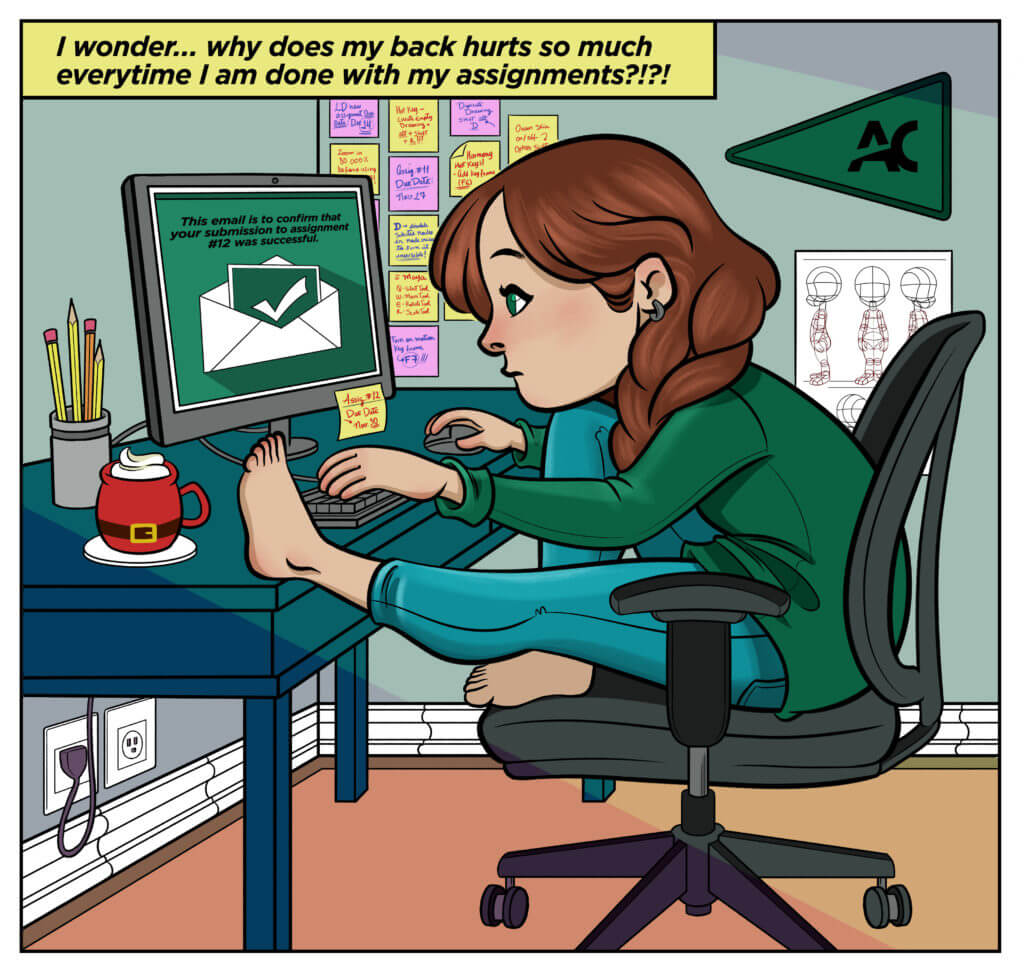 You might be laughing at how the student in the picture above is sitting, but have you paid attention at your posture while you studying at home?
You might be laughing at how the student in the picture above is sitting, but have you paid attention at your posture while you studying at home?
Here are five tips that will help keep your posture proper and avoid any pain!
1. Schedule breaks
Watch your upper and lower back. Those are the areas in which most people will feel some pain or discomfort when sitting down long hours. “A major cause of this back pain would be inactivation of glutes, so inactivation of your bum firing, which actually has a lot to play with your lower back,” explains Fitness Zone’s client service associate Alex Morehouse. The best way to solve this would be scheduling breaks to stand up and go for walks.
2. Look for the best desk setup
Keep your laptop at eye level to avoid hunching. Try using a mouse instead of a touchpad to prevent any wrist issues. The keyboard should be close to the edge of the table.
Also, consider investing in a good office chair. If you have one with arm rest, it is even better.
3. Look for the most neutral position for your arms
Try to find a desk that will have your arms in the most neutral position you can when typing. Morehouse tells that standing desks have been very popular because they allow us to be in a natural position.
“A standing desk allows us to remain in a standing position, hopefully the height of the standing desk can work well with your hands being actually relatively low, closer to your tummy height, so, you aren’t having to use your shoulders and your chest the whole time to keep your arms up to be able to type all day,” he says.
4. Keep your body moving
There are a few exercises that you can do at home and that will help you keep your body active.
“I would recommend something to train the glutes. So, something like a basic bodyweight squat, a kickback maneuver, a glute bridge, that’s a nice easy one, because you’re lying down for that. Those exercises too would also stretch the hips, which I talked about, while you’re sitting, get overly tight,” tells Morehouse.
5. Watch your posture today to avoid problems later on
Not watching your posture can affect you later in life. “When you see a lot of older citizens with a hunched over back or maybe rounded shoulders, like shoulders kind of slumped forward, the head’s kind of craned forward all the time, the granny hump, some people have called it, that could be a big sign that that person had improper posture over a long period of time, “says Morehouse.
That happens because our body will not keep our muscles strong if we stop using them. “If you don’t keep an eye on these things now, there can be long standing effects.”



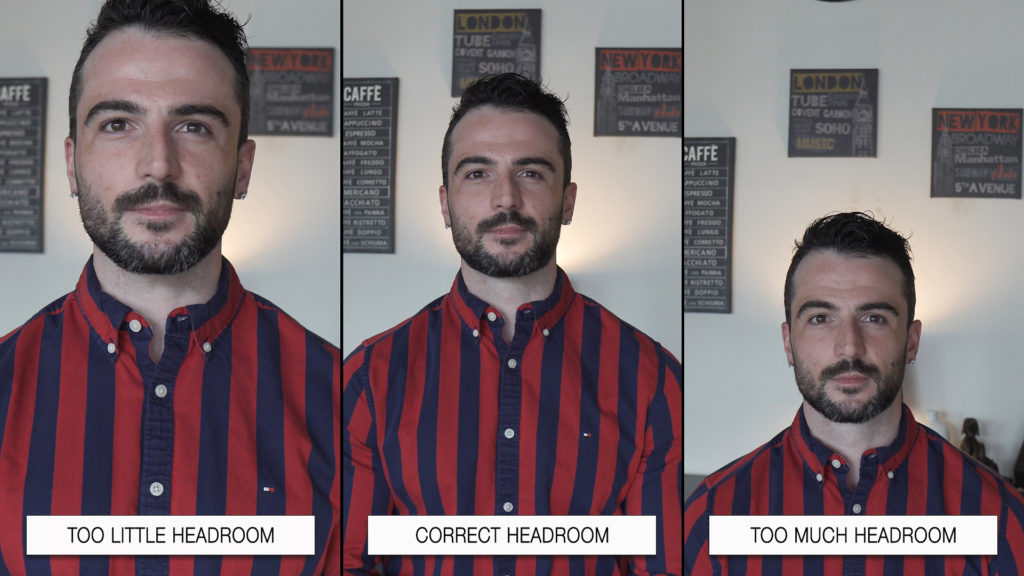
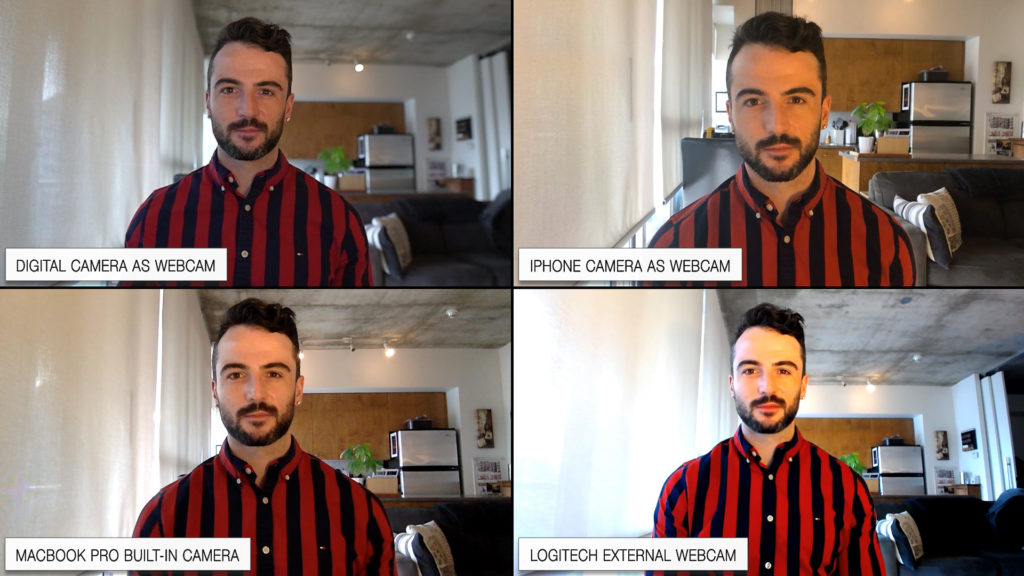
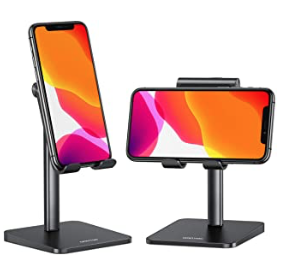
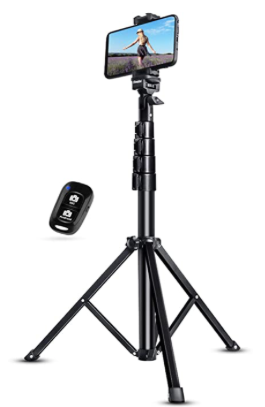
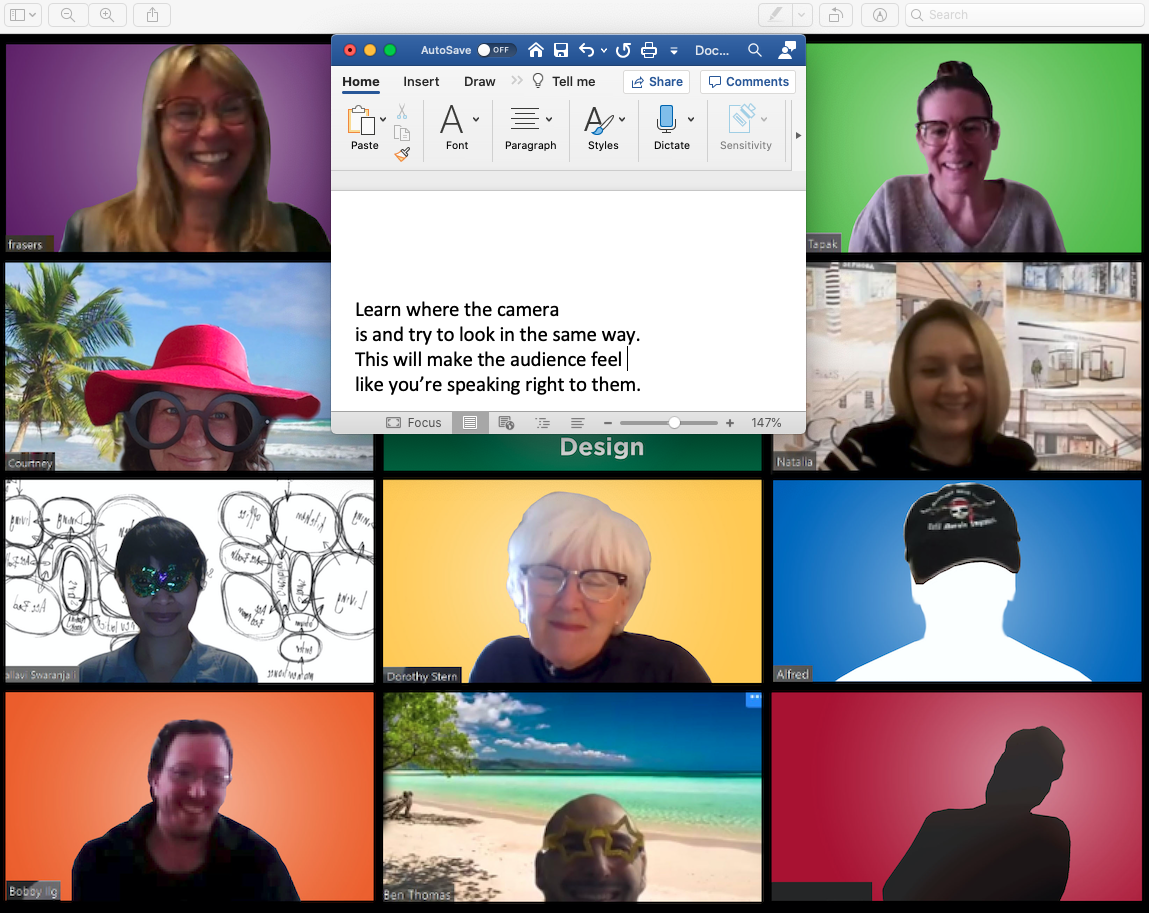
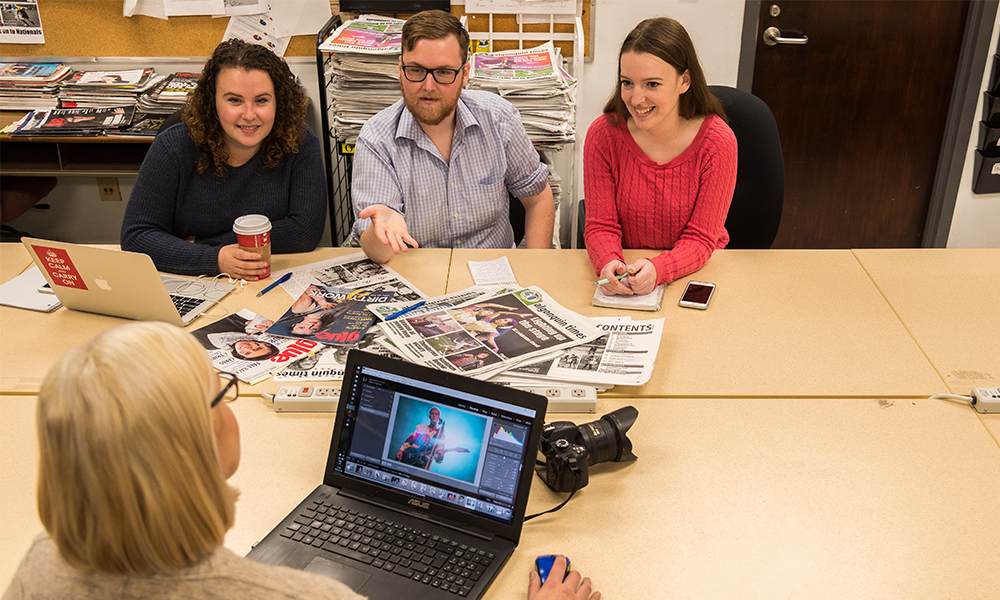
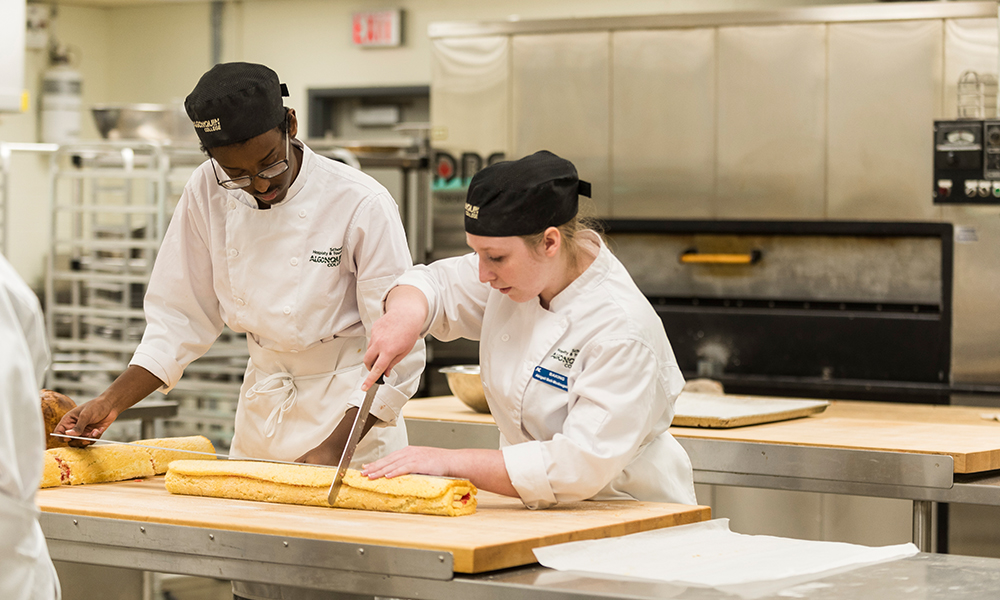
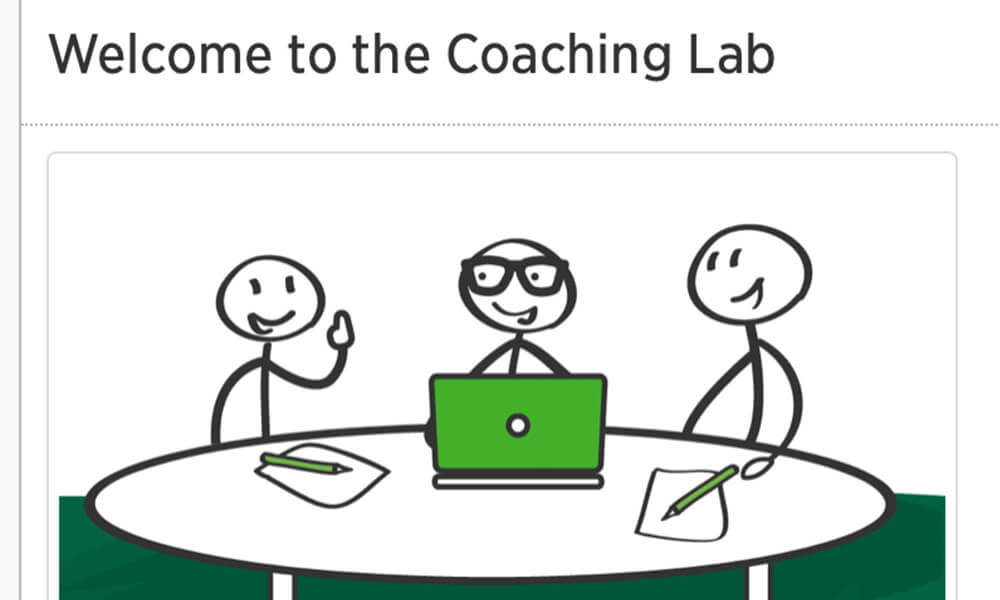
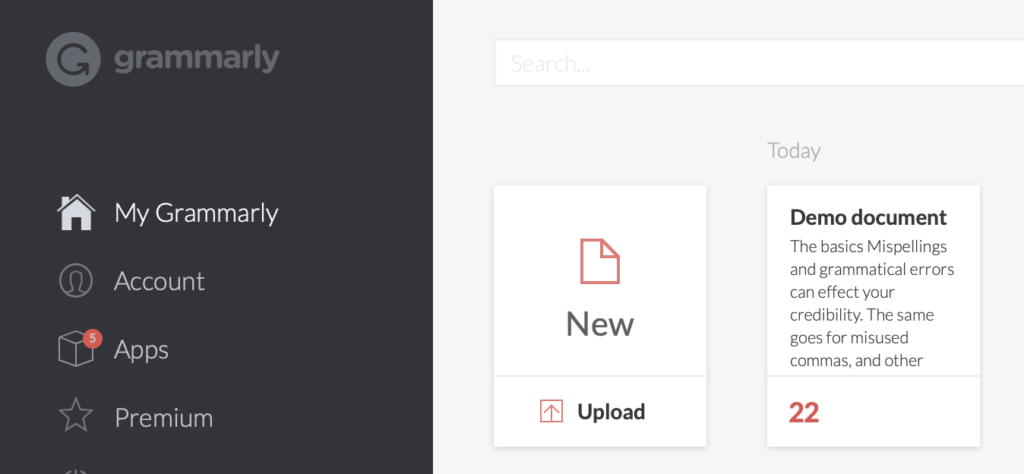
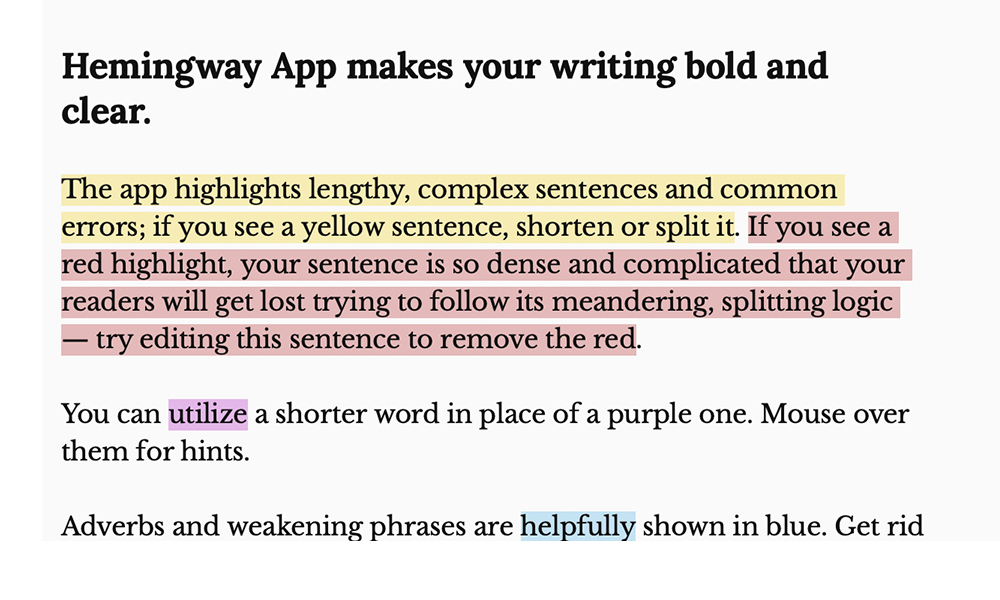
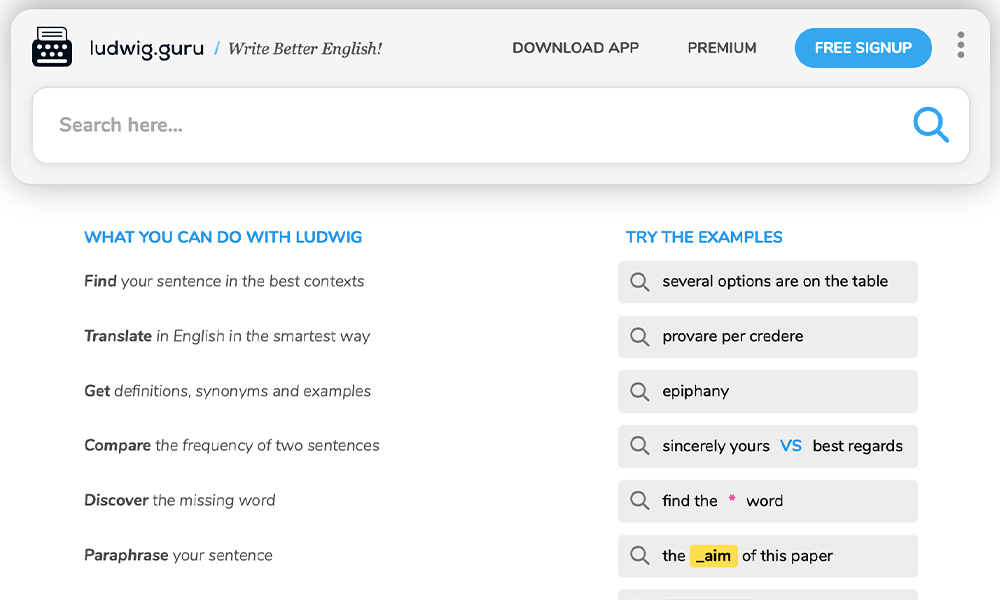
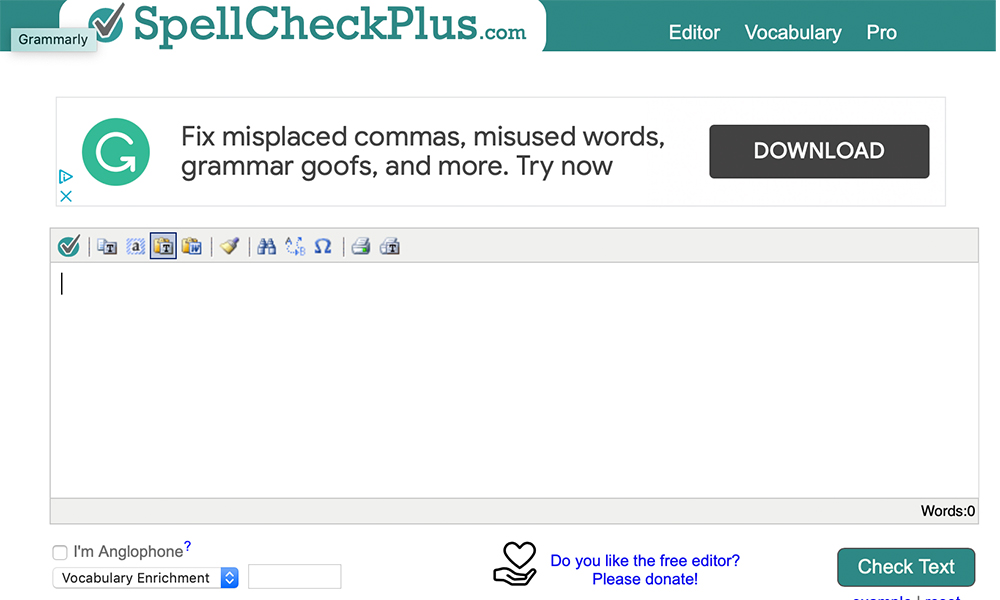





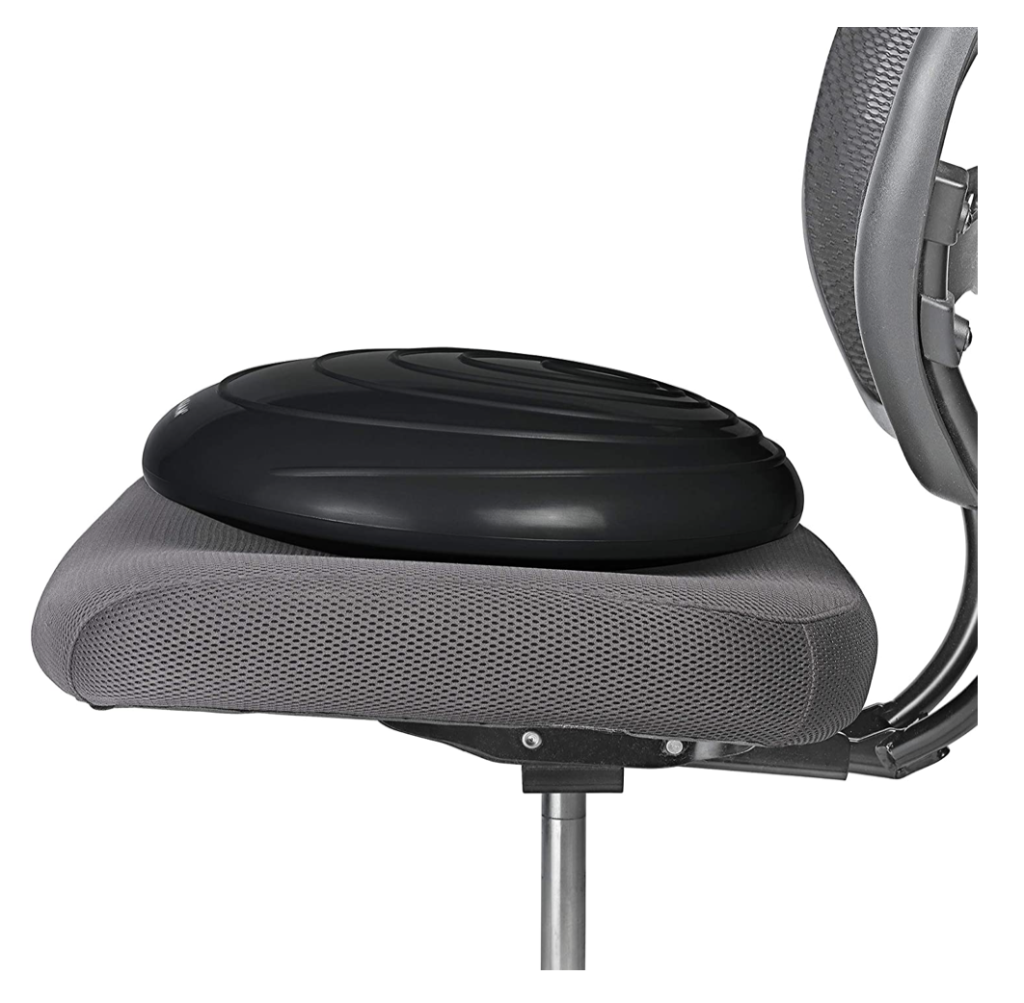





 When you’re learning remote, it can be a challenge to figure out how much time you should spend studying. If you’re juggling studies with work, family or other commitments, it can be even harder.
When you’re learning remote, it can be a challenge to figure out how much time you should spend studying. If you’re juggling studies with work, family or other commitments, it can be even harder.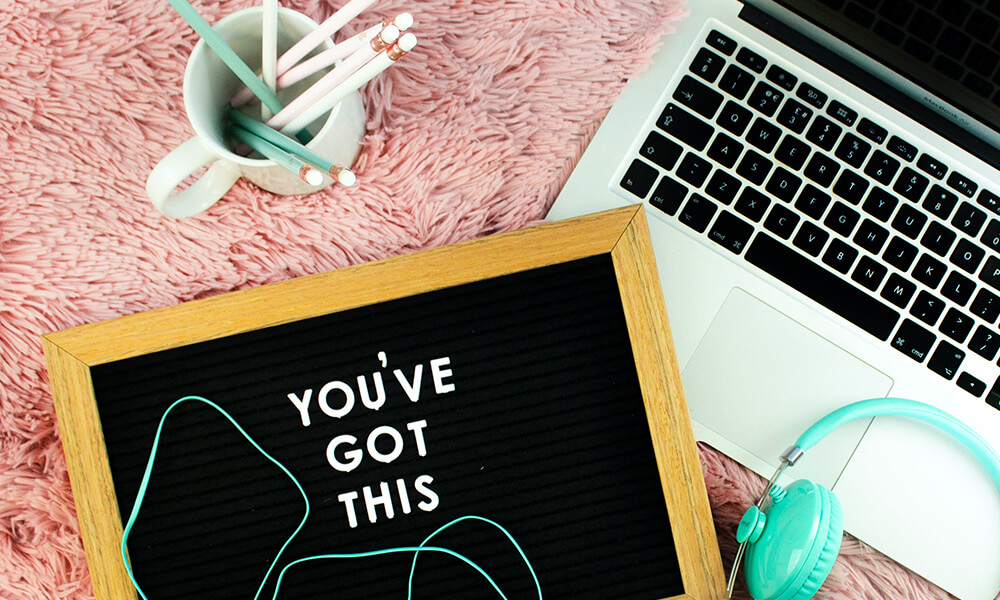 Remote learning offers many advantages, such as being able to select a course load that fits your schedule, and being able to study from home, the office or even a local café. But the key to successful remote learning lies in knowing how to structure your space — and your day — so you can do your best work.
Remote learning offers many advantages, such as being able to select a course load that fits your schedule, and being able to study from home, the office or even a local café. But the key to successful remote learning lies in knowing how to structure your space — and your day — so you can do your best work.